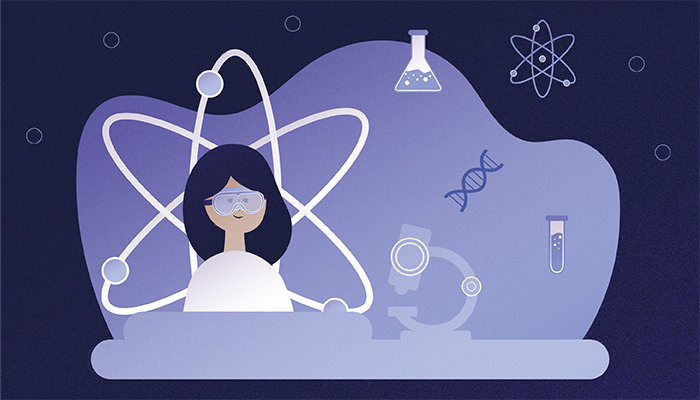
Worth Your Time
Researchers compare the metabolomic effects of Edavarone and Ginaton on amine metabolites caused by ischaemia/reperfusion (I/R) injury, using matrix-assisted laser desorption/ionization mass spectrometry imaging (MALDI MSI) coupled with laser-assisted chemical transfer. Link
A team from the Dalian University of Technology developed an assay using ultra-high performance liquid chromatography-tandem mass spectrometry (UHPLC-MS/MS) to accurately analyze vancomycin – a glycopeptide antibiotic – in human plasma. Link
Using liquid chromatography-tandem mass spectrometry (LC-MS/MS), researchers compare the salivary proteomic profiles between healthy individuals and patients with chronic kidney disease; the team identified API5, PI-PLC, and Sgsm2 as potential biomarkers. Link
Trimethylation enhancement using diazomethane (TrEnDi) enhances the detection sensitivity of liquid chromatography-mass spectrometry (LC-MS) for analysis of 13 different drugs of misuse. Link
(Preprint) Introducing the Annotator: a tool which enables accurate spectrum detailing of complex peptidoforms, for broad use in mass spectrometry-based proteomics data. Link
Essential Reading
Gentler Single-Cell Elemental Analysis
As referenced in last week’s intro, a new sample introduction system could improve the accuracy of single-cell elemental analysis by preserving cell integrity and enhancing detection efficiency. The method, which uses a microdroplet generator (µDG) ahead of inductively coupled plasma mass spectrometry (ICP-MS), allows researchers to analyze trace elements in mammalian cells without the structural damage often caused by conventional nebulization techniques.
“Till now, scICP-MS has been applied to bacteria, fungi, plant cells, and red blood cells. We have expanded the potential of scICP-MS technology to mammalian cultured cells, developing a robust analytical technique for measuring elemental content in mammalian cultured cells,” said Assistant Professor Yu-ki Tanaka, in a press release.
Community Corner
February 11th: International Day of Women and Girls in Science
Next Tuesday, the world will celebrate the 10th anniversary of International Day of Women and Girls in Science. In a field historically dominated by men, the event recognizes and celebrates the past and present contributions of women working in science and technology with the aim of inspiring the next generation to consider a career in science.
How will you be celebrating this year?
Let me know: henry.thomas@conexiant.com




